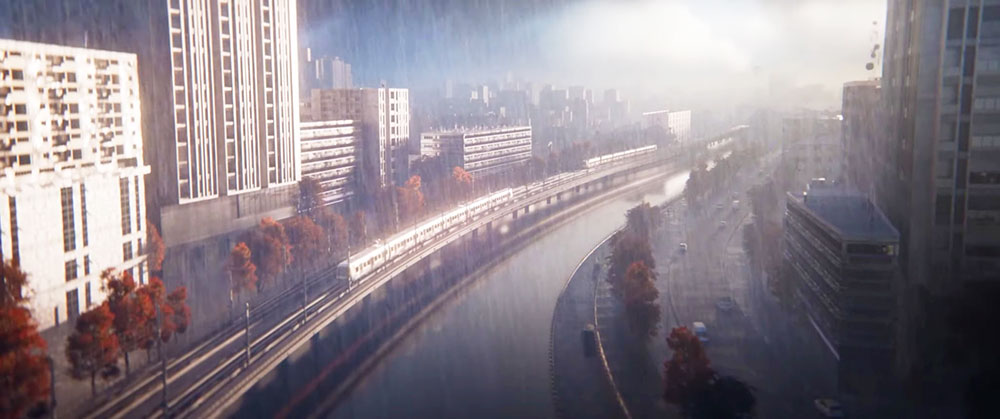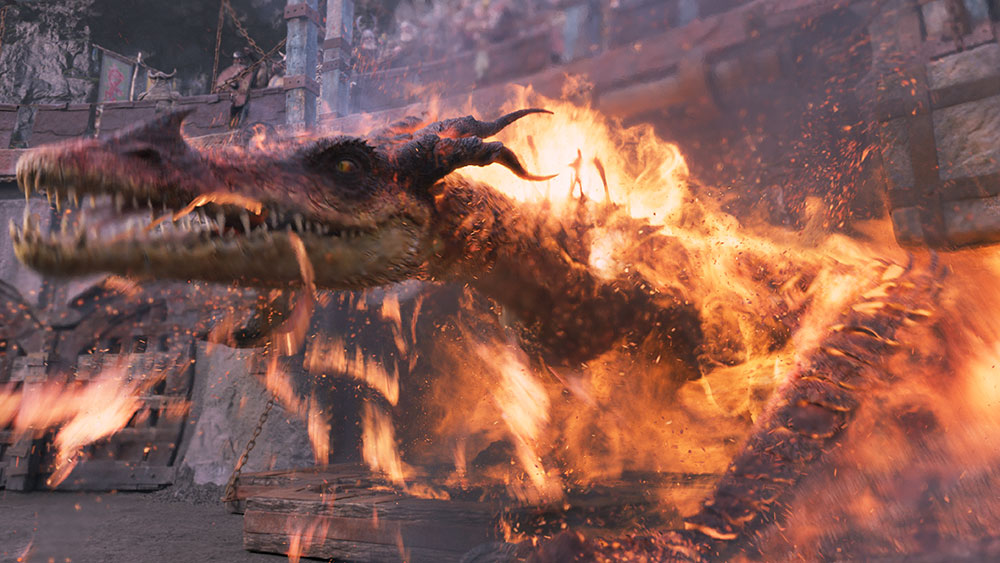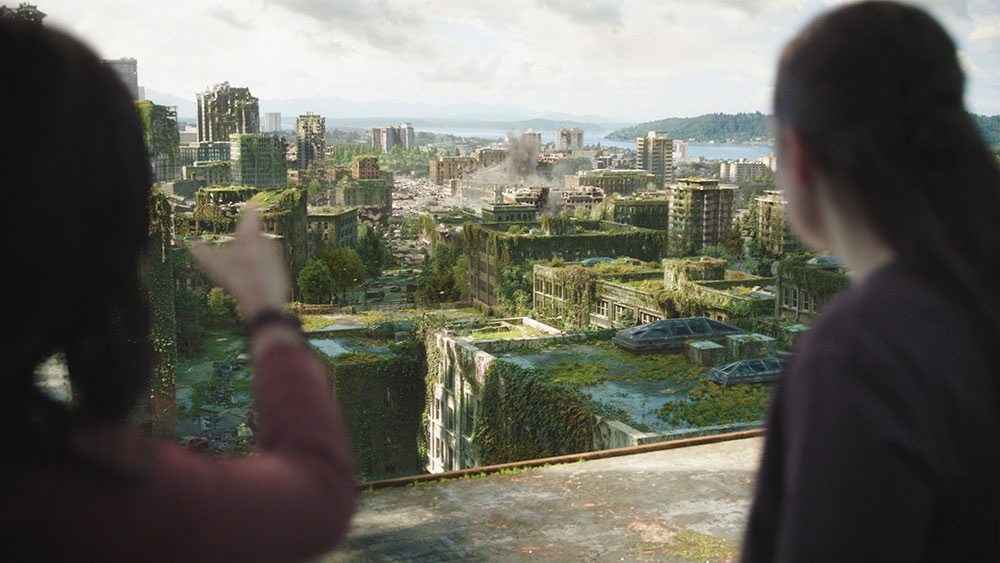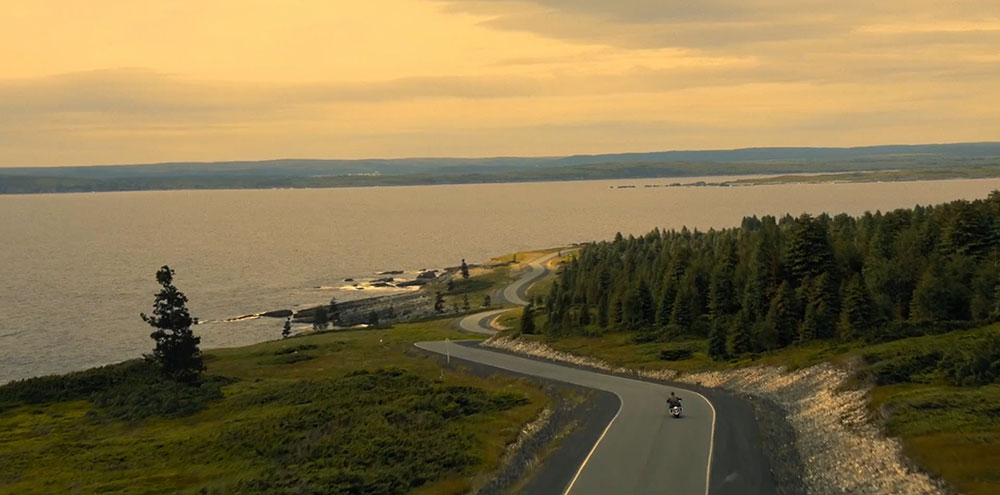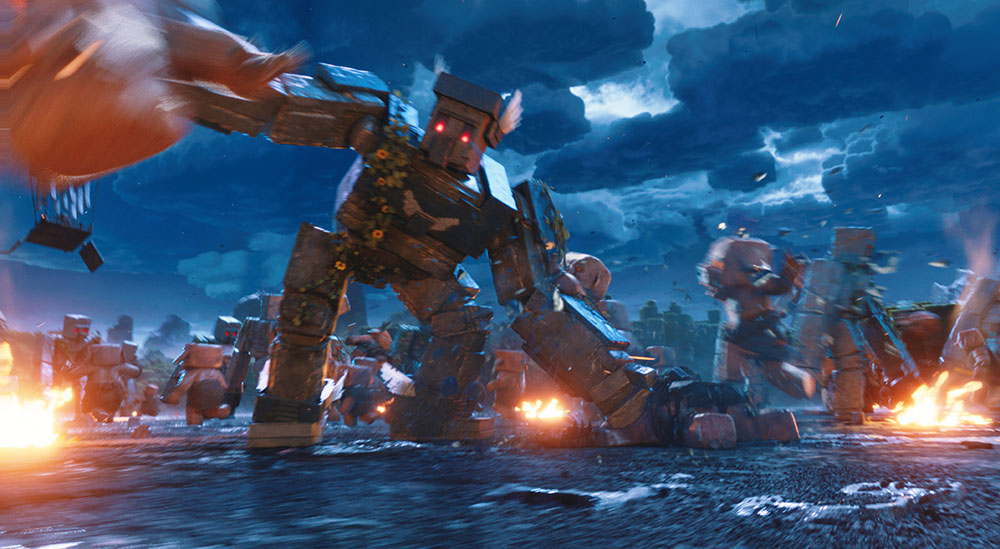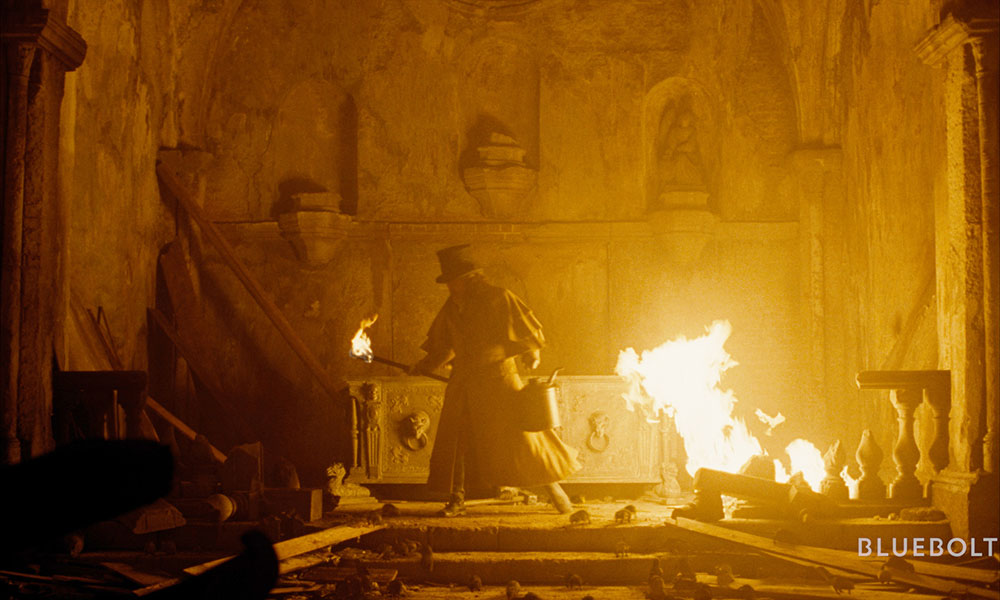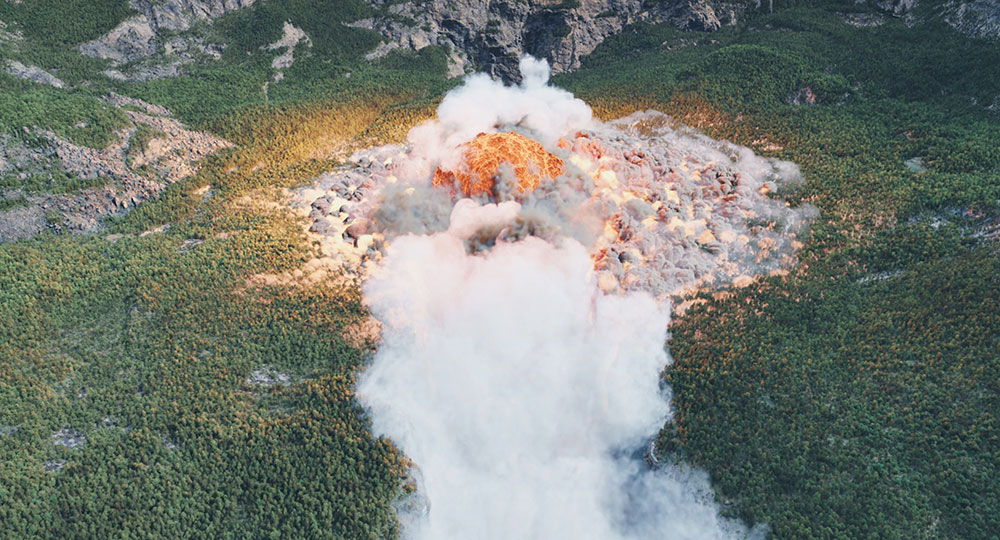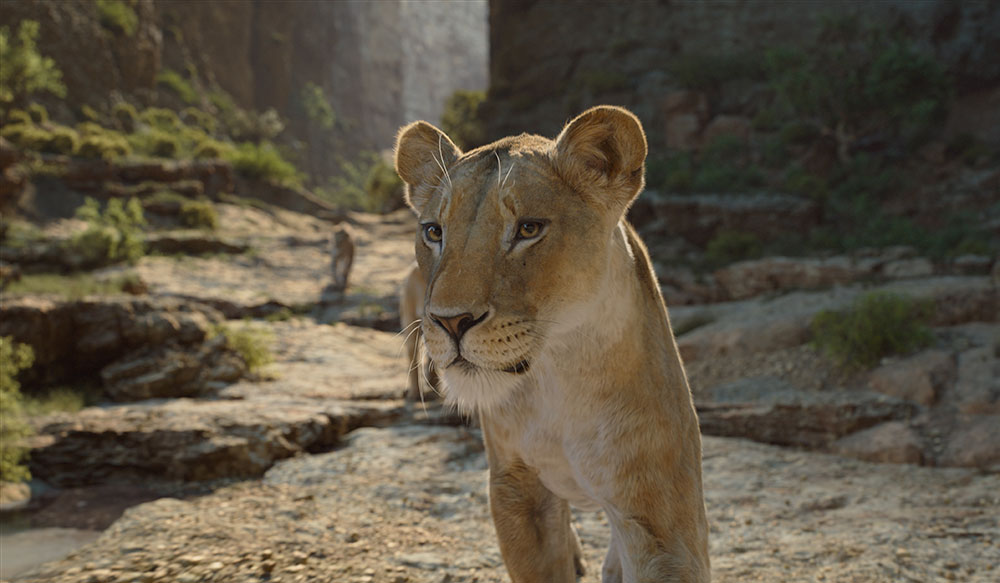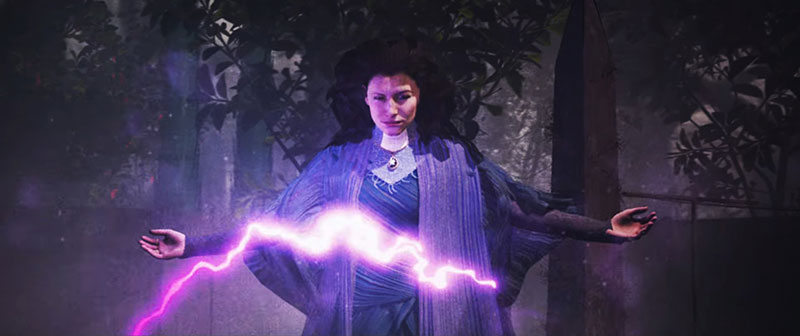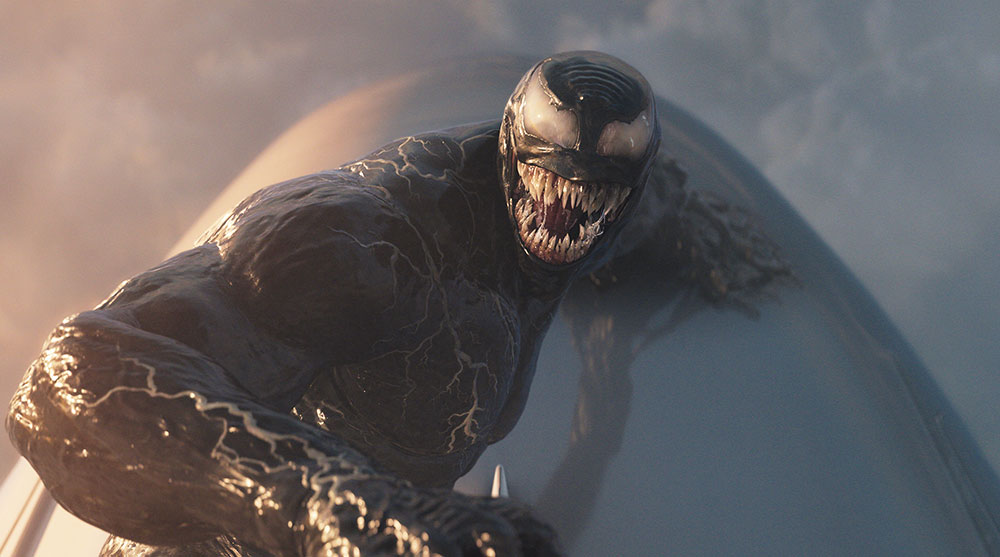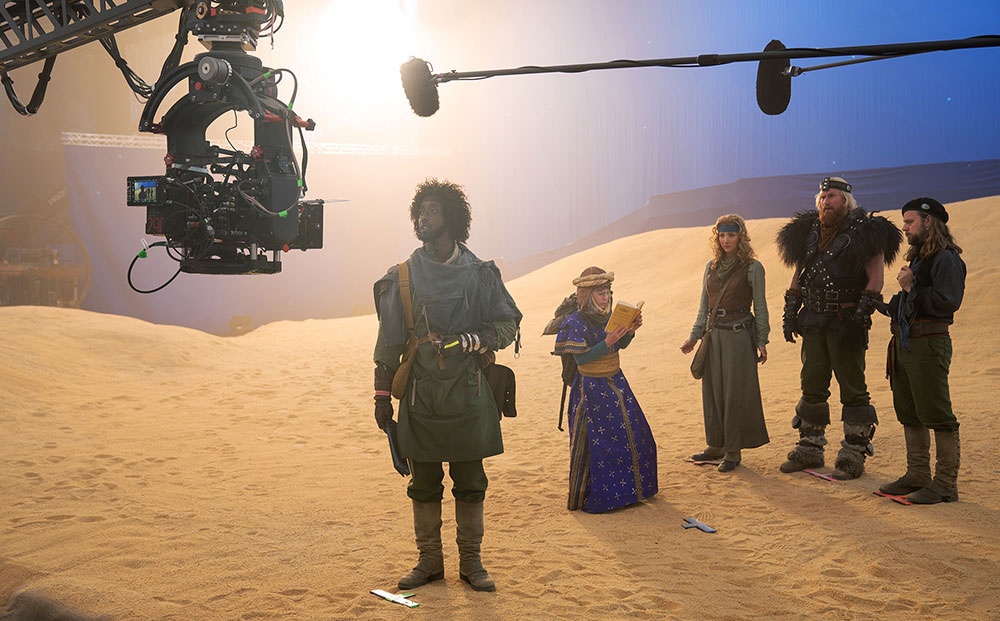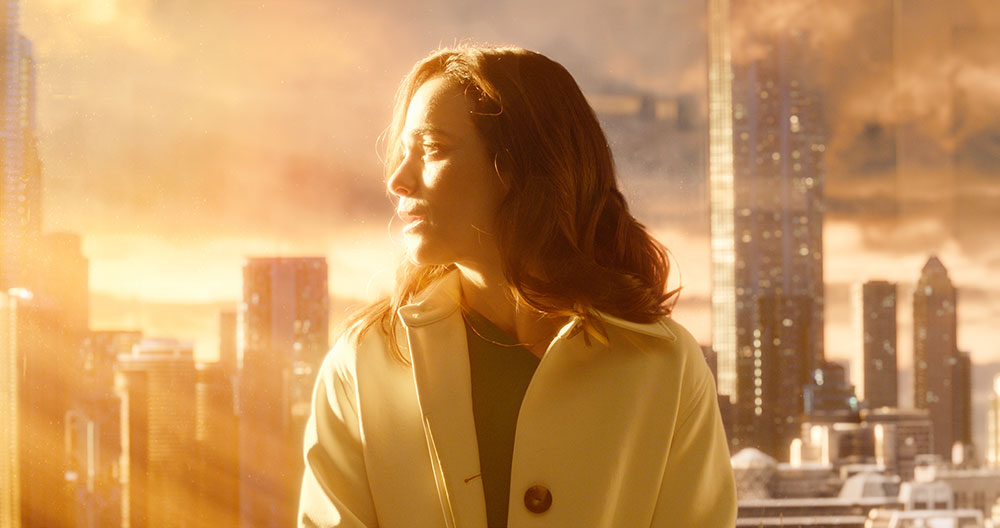Student filmmakers of ArtFX School of Digital Arts talk about their VES Award winning short film ‘Silhouette’, from story and artistic direction to animation and lively, expressive cityscapes.
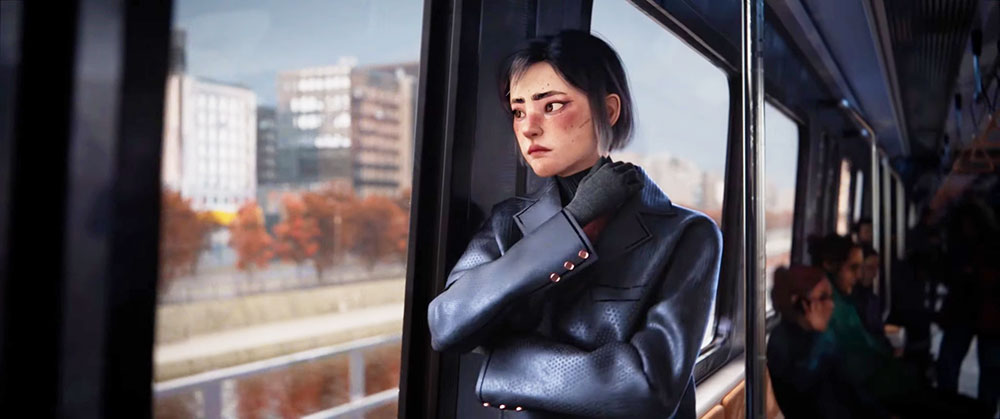
Student filmmakers of ArtFX School of Digital Arts won the award for Outstanding Visual Effects in a Student Project for their 2023 Graduation Film titled Silhouette at the 22nd annual Visual Effects Society (VES) Awards held in Beverly Hills, California, on 21 February 2024.
These awards recognise the year’s best visual effects in film, television and other media. At the 2024 event, aspiring filmmakers were awarded in the Outstanding Visual Effects in a Student Project category, sponsored by Autodesk for the 16th consecutive year. Watch Silhouette, with a BTS video here.
The artists behind Silhouette worked together to tell the story of a young woman named Claire, who has just moved to a large, unfamiliar city where she is living on her own and knows no one. Soon, she begins to observe parts of her own body disappearing, a visualisation of her loneliness. The students wanted to convey the experiences of a person whose physical appearance and representation in her world are altered by her emotions and feelings.
Feeling invisible, she becomes invisible.
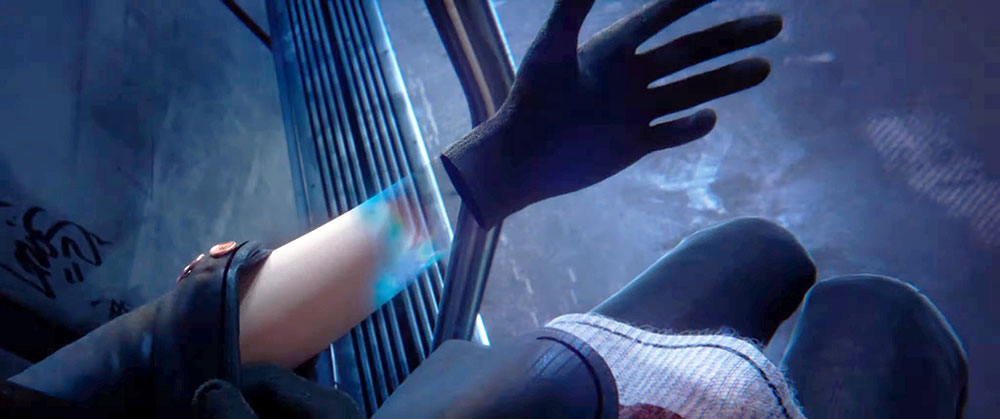
The team took inspiration for their style from artist Alberto Mielgo, who mixes 3D animation with painted and graphic 2D elements. Marc Forest, who worked on the Animation and Animatic, and Artistic Direction of the project, said they admired the way Mielgo’s camera work contributes to the realism of a scene. “To achieve a similar result in our story, we refined our camera work for each shot in pre production,” he said.
Finding the Character
“First, we created the animatic using Blender and its renderer, EEVEE. Then, using a tool a member of our team developed based on a Blender add-on, we could add a layer of realistic motion to the camera animation in our Maya scenes. Besides camera work, focussing on our artistic direction for other aspects like environments, characters and sound, helped immerse audiences in Claire’s story of loneliness.
Character Artist Chloë Stricher, looking after CFX and groom, used shape language and colour palettes to create two different designs reflecting each of the two characters’ personalities. “For Claire, who is shy and withdrawn, I used angular shapes and darker colours. Her neighbour is friendly and open, so I chose bright colours and more rounded shapes,” she said.
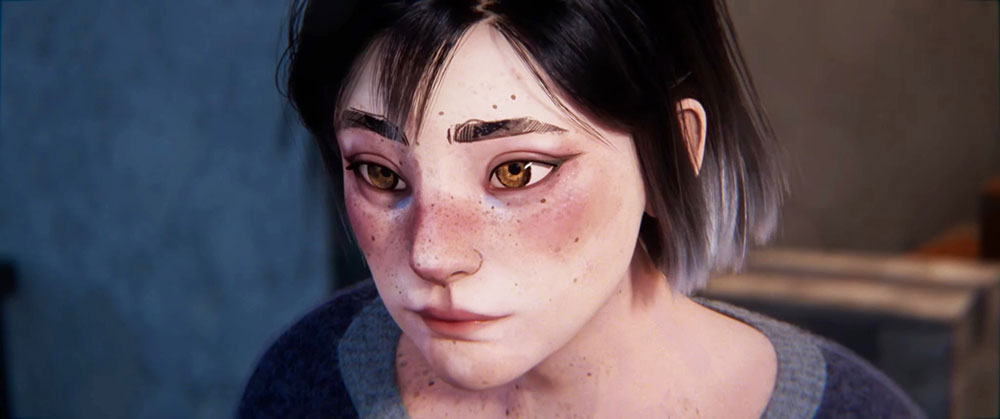
“To address the artistic direction here, a primary challenge was to create a semi realistic look with strong 2D stylisation elements. For example, I used graphic brush strokes in the texturing but preserved our realistic approach to look dev. Then I created several outfits in Marvellous Designer, and groomed the woollen fabrics for a knitted sweater look. I also had fun creating hair styles and simulating hair with Vellum in Houdini, although t was harder to create a wet version of Claire’s hair for the rain sequence.”
Environments and Sets
For Elliot Dreuille, Environment, Lighting and Compositing Artist, the appearance of the props presented a major challenge that he met, again, by aligning with the artistic direction. “I personally painted the hero assets by hand, and nearby props like the Metro stations and Claire’s flat. Creating a wide range of environments, that could be viewed at different angles, was a big challenge.
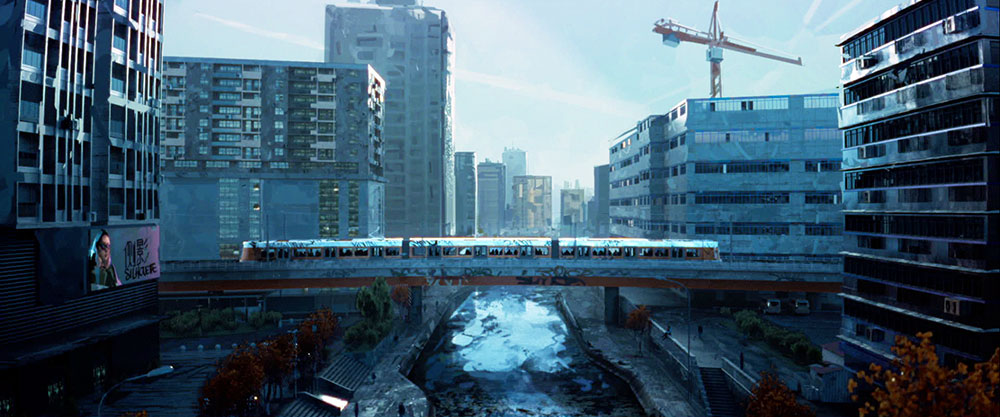
“To add fine details, I used projection mapping in V-Ray and Nuke to add final textures in the background, reducing the need for extensive manual texturing. I made the props reusable for different sets, making sure that every angle of each element was as polished as possible. In the lighting, we focussed on enhancing the character's emotions, to convey her discomfort and emphasise her disappearance.”
During production, CG Generalist and Environmental TD Baptiste Gueusquin developed tools to accelerate the workflow, including automated import of the characters’ groom and clothes, animation previews and dynamic displacement maps. He also developed tools to create, publish and share assets using HDAs (Houdini Digital Assets), which are used to define custom operators in Houdini.
Real Silhouettes
Baptiste said, “To save time creating the background crowd – the ‘silhouettes’ - we shot real footage of people on green screen and then painted a single frame that we interpolated throughout the sequence using EbSyth. This way, starting with the footage of the real world, we could achieve accurate lighting and shadow interactions with the environment, but still control the style.
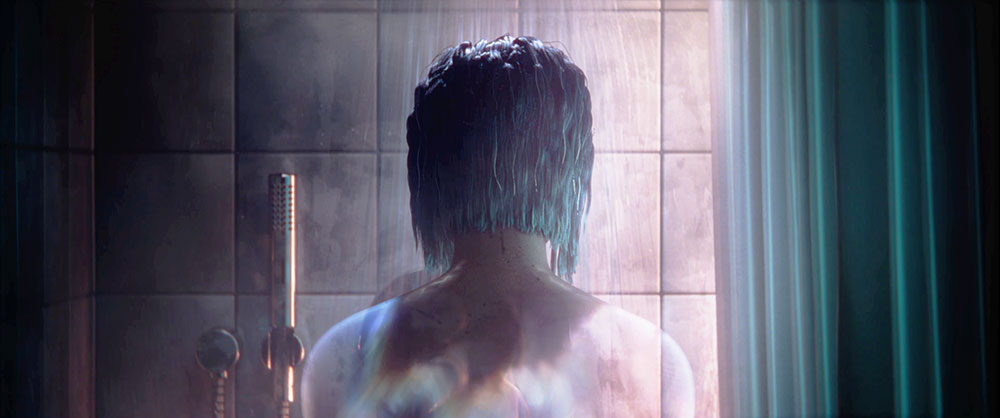
He used multiple AI models through virtual environments in Anaconda, an open-source AI and data science software for Python developers working in data visualisation and various other fields. It comes with pre-installed packages and virtual environments, which are isolated workspaces for Python projects. It allows users to manage dependencies and packages separately for each project, preventing conflicts between different versions of the same package.
“The first AI was EON, which generated a normal representation of our humans from a single image processed through Nuke to prevent degradation over time. The second one was RB, which automatically removed the background very quickly. Since the silhouettes were 2D planes, we used FrankMocap to generate motion capture data from single-POV video to project shadows from the silhouettes.”
FrankMocap is in fact a neural network, or model, for 3D body and hand movement recognition. The model accepts video footage from a single camera's POV as input, and gives the predicted body and arm poses as output, making it easier to use 3D posture estimation.
Opting for efficiency in the invisibility effect, Baptiste projected stock footage onto Claire’s body and used this mask in compositing to create the final effect. “To do so, I created a combination of HDA tools and pre-made a new composite to speed up creating the effect on each shot. As a result we had an effect that was fast to render and still very art directable in compositing. I also had fun creating a stylised kind of motion blur to create some artistic smear frames through the film.”
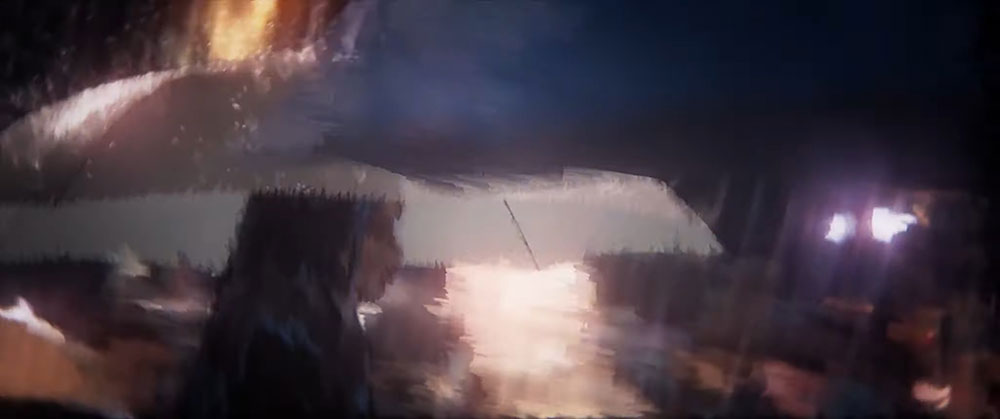
Rainy day smear frames with motion blur
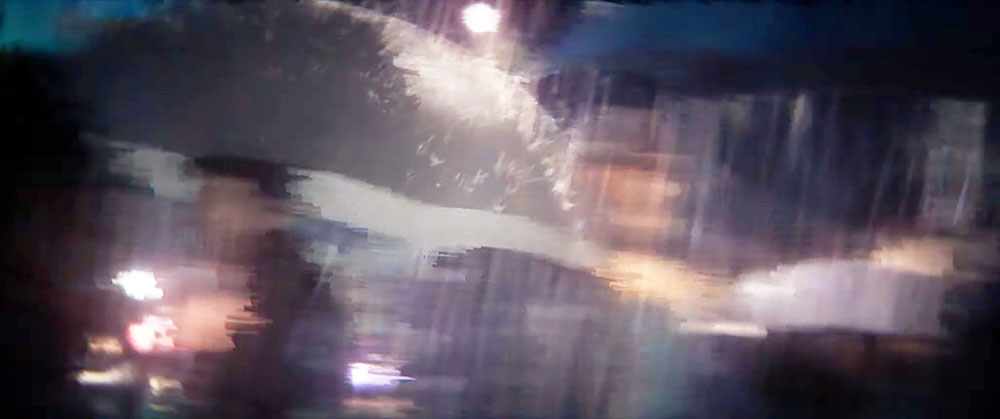
In Motion
For the rigging work, Alex LaFuente, working on Animation and Rigging, and Scenario, used the mGear rigging framework for Maya to optimise his workflow. mGear’s modules, tools and solvers help users develop rigging and animation tools. He said, “It helped me to achieve the skinning, attaching the mesh to the rig, quickly so I could focus on the facial aspects of the characters.” Since the film is based on emotions, he and Chloë worked together to create blend shapes and matching displacement maps to enhance the character's emotions through rendering.
Animator Antoni Nicolaï said that one of his team’s main concerns was maintaining consistency as far as possible when portraying the character's intentions, and achieving harmony between their animations. “Since we wanted to undertake a realistic approach in our animation process, we worked together to assemble a collection of acting references, including some of ourselves,” he said. “It was a key element of our animation workflow because conveying the right emotional evolution of our characters as they become friends was essential to enhance the realistic style of the animation.” www.autodesk.com
